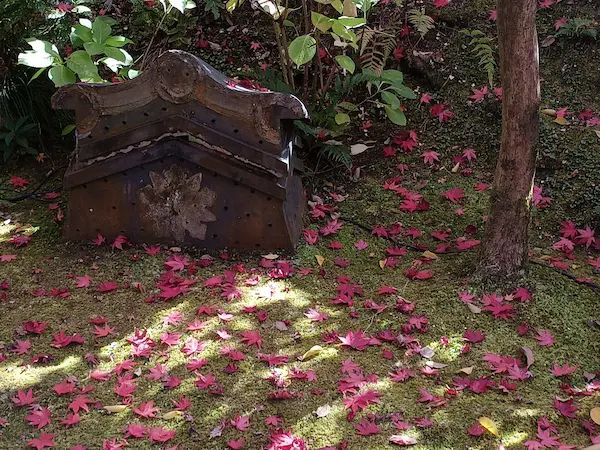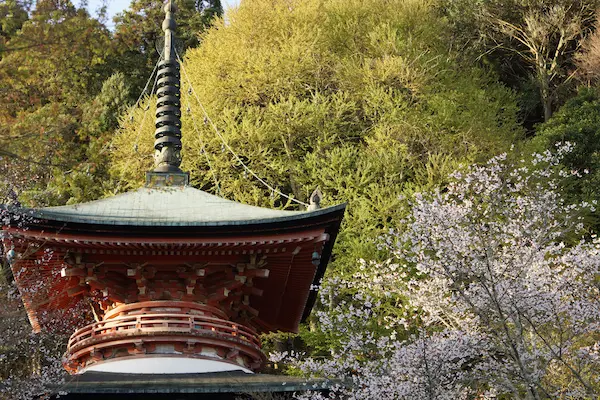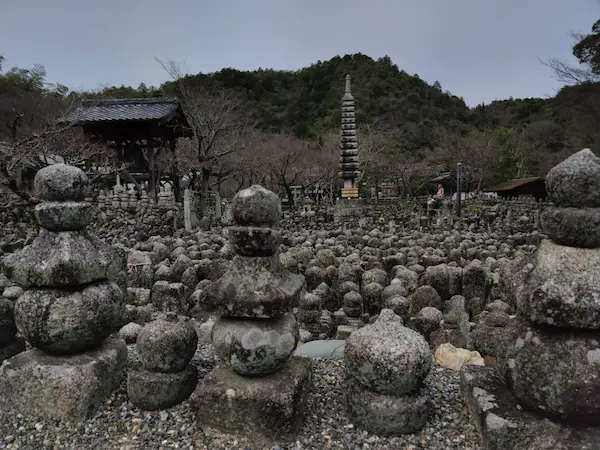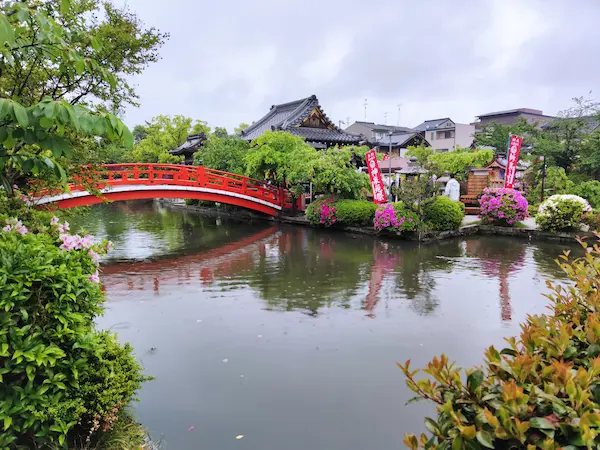Tag: Kukai
Kukai: The Spiritual Voyager of Japan
Introduction
In the rich tapestry of Japanese history, few figures are as enigmatic and influential as Kukai, also known as Kobo Daishi. Born in 774 in the province of Sanuki on Shikoku Island, Kukai was a polymath, a visionary Buddhist monk, scholar, poet, and artist, whose impact is felt deeply in Japanese culture and religion even today. His journey from a noble child to the founder of Shingon Buddhism, a major school of Japanese Buddhism, is a testament to his profound spiritual quest and intellectual prowess.
Early Life and Studies
Kukai’s early life set the stage for his later spiritual and scholarly achievements. Demonstrating an insatiable appetite for knowledge from a young age, he studied Chinese classics and Buddhism extensively. However, it was his encounter with Buddhism that profoundly shaped his path. Seeking deeper spiritual understanding, Kukai traveled to China in 804, as part of a Japanese diplomatic mission. There, he delved into the esoteric practices of Vajrayana Buddhism, which would form the core of his later teachings.
Founding of Shingon Buddhism
Upon returning to Japan in 806, Kukai introduced the esoteric teachings he had learned, founding Shingon Buddhism. This new school of Buddhism emphasized the importance of rituals, mantras, and mandalas in achieving enlightenment. Kukai’s innovative approach to Buddhism attracted a significant following. He established the Kongobu-ji temple at Mount Koya, which remains a major pilgrimage site and the head temple of Shingon Buddhism.
Contributions to Japanese Culture and Religion
Kukai’s contributions extend beyond the religious sphere; he was also a significant cultural figure in early Heian period Japan. He is credited with inventing the kana syllabary, which made writing accessible to a broader segment of the Japanese population. His literary works, including poetry and treatises on religion and philosophy, are considered classics of Japanese literature.
Kukai was also instrumental in the development of the arts in Japan, advocating for the role of art in spiritual practice. His legacy includes contributions to calligraphy, sculpture, and religious ceremony, intertwining cultural and spiritual life in Japan.
Legacy and Pilgrimage
Kukai’s legacy is perhaps most visible in the Shikoku Pilgrimage, a 1,200-kilometer route that circles Shikoku Island, connecting 88 temples associated with him. This pilgrimage, considered one of the most important spiritual journeys in Japan, attracts thousands of pilgrims annually, seeking to experience Kukai’s spiritual teachings firsthand.
Kukai’s life and work offer a window into the synthesis of spiritual practice and intellectual inquiry. His establishment of Shingon Buddhism and contributions to Japanese culture and art demonstrate a legacy that transcends time, continuing to inspire and influence. As both a spiritual guide and cultural icon, Kukai embodies the depth and complexity of Japan’s historical and religious landscape.
-

Eikando (永観堂)
Nestled near Nanzenji Temple, Eikando captivates with its Heian-era origins and the revered Looking-back Amidabutsu statue. A must-visit, especially in the enchanting autumn, the illuminated garden reveals Eikando’s timeless beauty. Explore the nearby Nanzenji Temple, famed for its vibrant fall foliage, ensuring an unforgettable Kyoto experience. Just a short distance from Nanzenji Temple, you find…
-

Horinji Temple (法輪寺)
A little south of the Togetsukyo Bridge is Horinji Temple. The Kuzunoi-gu Shrine, also associated with the Hata clan, seems to have existed in the Kofun period. And the temple is an ancient temple said to have been founded by Gyoki in 713. Kukai and Nichiren also trained at this temple. In the Heian period,…
-

Adashino Nenbutsuji Temple (あだし野念仏寺)
Adashino Nenbutsuji Temple in Kyoto unveils a hauntingly beautiful secret—about 8,000 unmarked small Buddha statues, standing as silent witnesses in its cemetery. This sacred ground, established in 811 by Kukai, tells a tale of reverence and remembrance. The well-preserved bamboo grove behind the temple provides a serene backdrop, offering a perfect escape from the crowds.…
-

Shinsen-en (神泉苑)
Shinsen-en was a garden pond adjacent to the Daidairi (Imperial Palace) soon after the construction of the Heian-kyo Capital. But it was reduced in size during the Edo period (1603-1868) with the construction of Nijo Castle. Later it became a temple and Toji Temple manages it now. The following is an excerpt from the Shinsen-en…
-

Toji Temple (東寺)
When the capital moved from Nara to Heian-kyo, the only temples built by Emperor Kanmu were Toji and Saiji. They were built symmetrically across the Rashomon Gate. Later, Saiji and Rashomon were burnt down. And only Toji remained. The division of Toji Temple the only one that retains the division of the temple when Heian-kyo…